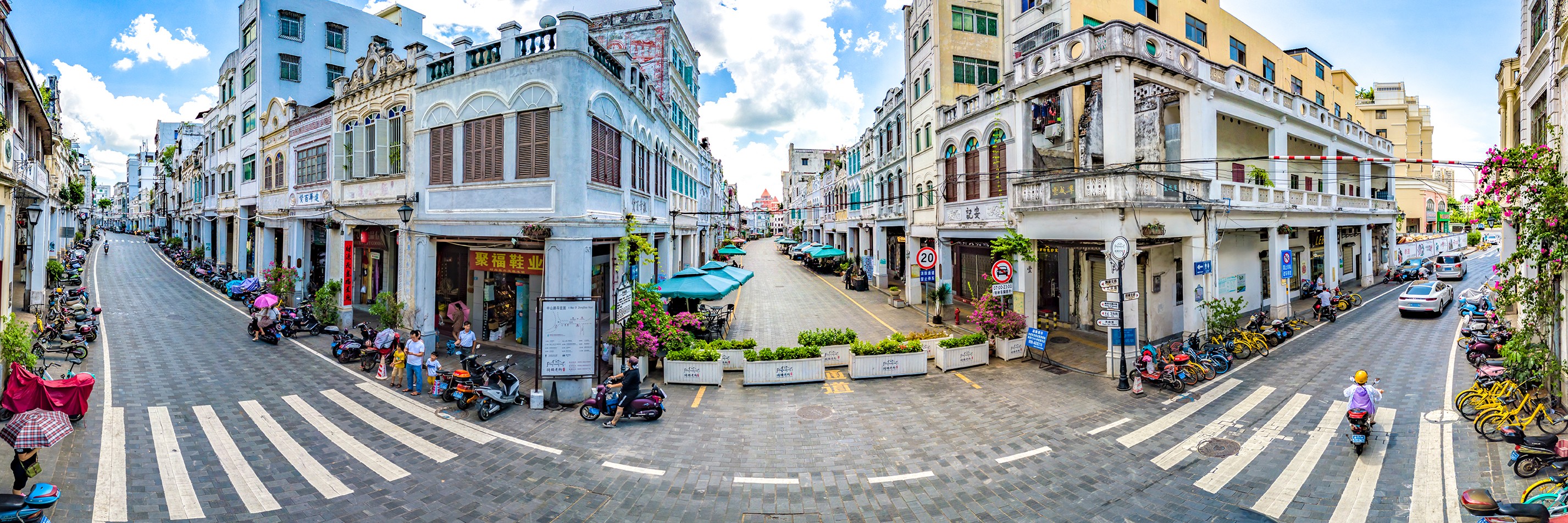

- Aisin-Gioro Heng-rong, cousin of Emperor Puyi – China’s last emperor – lived with husband in Haikou’s distinctive architectural area until her death in 2003
- District – with ground-floor shops, verandas and residential floors above – has become trendy destination for locals and visitors since it reopened in 2016
While most travellers flock to Hainan to enjoy its sandy beaches and stunning mountain and rainforest scenery, some decide to explore the sites of its lesser-known historical architecture – including qilou, or shophouses – and discover the fascinating stories behind them.
10 things you may not know about Hainan
The city of Haikou’s distinctive qilou architecture – balcony-style tenement buildings for residential and commercial use once found throughout Southern China – features an eclectic mix of Western and Southeast Asian influences.
The buildings, with ground floor areas reserved for commercial use, including a continuous roofed veranda with supporting pillars for pedestrians in front of a shop, and multi-storey residential floors above, were mostly constructed in the early 1900s.
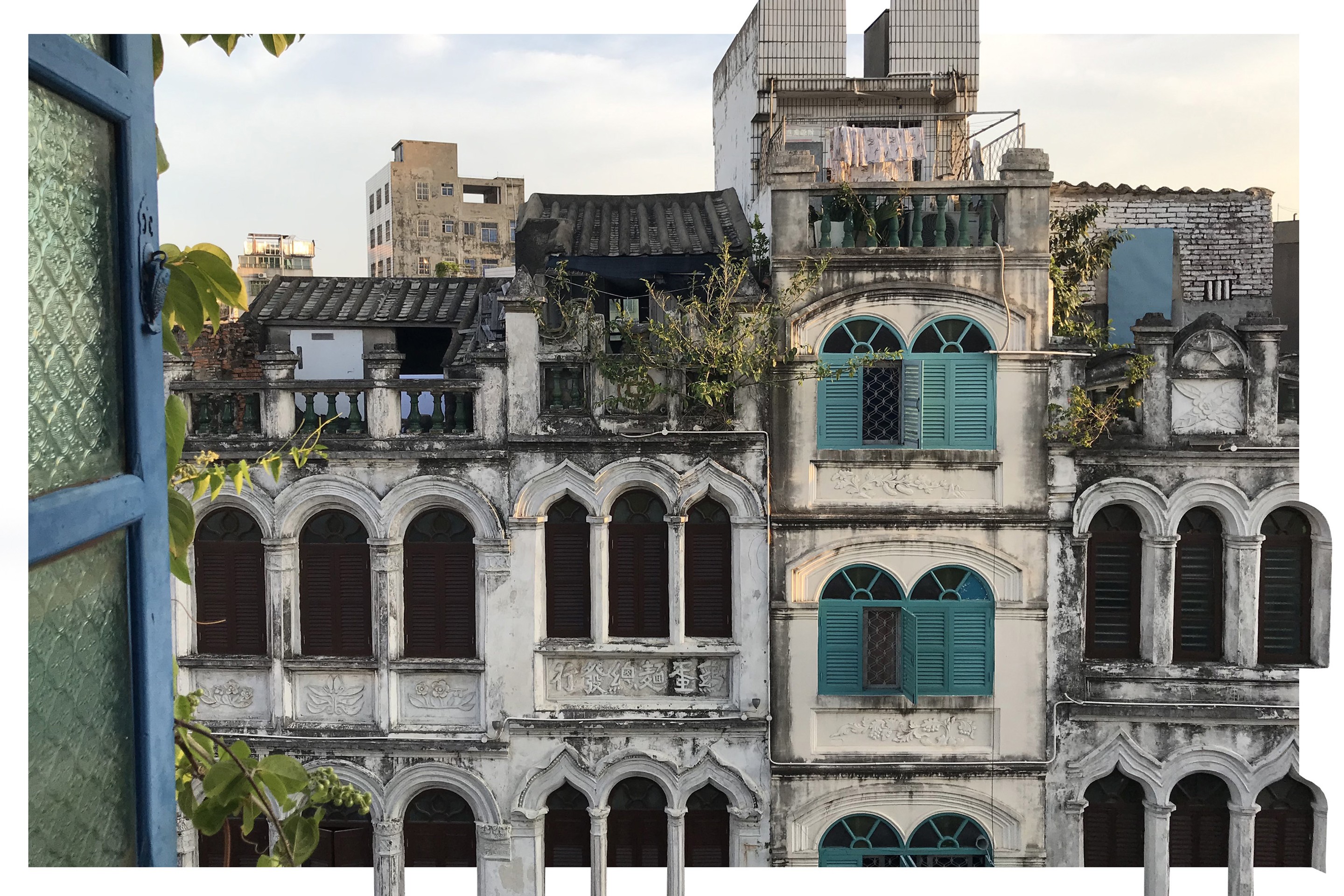
Qilou Old Street, featuring more than 600 buildings along more than 30 streets, covering an area of 25,000 square metres (270,000 square feet), is home to China’s largest remaining qilou area.
Many of the buildings have been carefully restored and new tenants are moving in, leading to the once-forgotten district fast becoming a trendy hang-out for locals and visitors.
In 1924 … many overseas Chinese families, who had been working hard for two to three generations and had amassed significant wealth, decided to return to Haikou to build a new city
A walk through the neighbourhood will remind visitors of Singapore’s Joo Chiat/Katong districts or Hanoi’s Old Quarter, but without the huge crowds of tourists – at least for now.
Iconic symbol of Nanyang culture
Few people know as much about qilou as Cai Pa, 54, chief editor of Hainan Zhoukan, Hainan Daily newspaper’s weekend magazine, and an oral historian of Haikou’s qilou.
Having written about Hainan’s history for the past two decades, locals regard her as the best storyteller of Haikou’s qilou history.
Cai, who has edited numerous works about qilou and written three Chinese books on the subject, A Breeze From Nanyang, How Much Elegance Can Be Recreated and the soon-to-be-published Barcarolle Of Nanyang, says: “The type of building known as qilou is a foreign product.
5 off-the-beaten-track experiences for Hainan first-timers
“This form of construction can be traced back to Romanesque arcade architecture in Europe, but the building has now become an elegant example of the colourful history of Chinese diaspora.
“It’s an iconic representation of Hainan’s unique history and its Nanyang [‘South Sea’ or Southeast Asian] culture.”
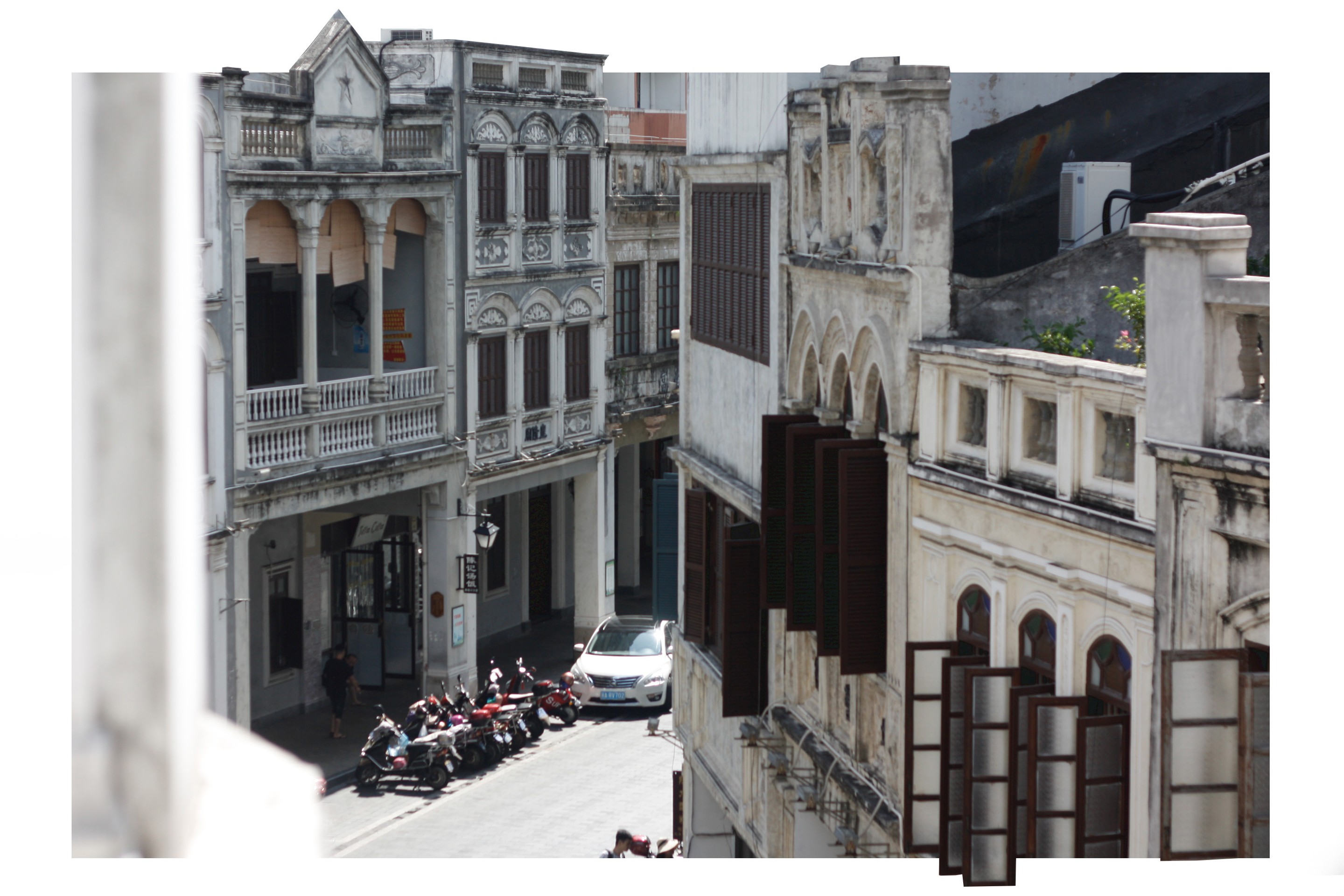
Haikou’s oldest qilou can be traced back to 1849, but most of these distinctive-looking old buildings date from the early 1900s, says Cai, a Sanya native, who made her first trip to Haikou in her late teens.
“After the signing of the Treaty of Tianjin and the opening of [Chinese ports] in 1858, many Hainanese people journeyed [around] Nanyang as migrant workers.
“In 1924, the fast-developing urban centre of Haikou was demolished and rebuilt.
This qilou construction can be traced back to Romanesque arcade architecture in Europe, but the building has become an elegant example of the colourful history of Chinese diaspora and an iconic representation of Hainan’s unique history
“At that time, many overseas Chinese families, who had been working hard for two to three generations and had amassed significant wealth, decided to return to Haikou to build a new city.”
She says they chose to build new qilou homes to reflect the most beautiful architectural elements they had seen across Nanyang.
Today, every one of Haikou’s surviving shophouses boasts a continuous veranda, as well as exquisite detailing, including Chinese-motif plaster relief work and irregularly shaped lattices.
Fall … and rise of qilou
After the second world war and China’s Cultural Revolution (1966 to ’76), qilou buildings slowly became a neglected part of Haikou’s history until Cai was put in charge of writing Hainan Daily’s weekend column featuring stories on the qilou area’s history in the early 2000s.
Cai tracked down the last surviving original owners and occupants – many of whom have since died – to record their stories before they were lost.
“Hainan was always described by people as a cultural desert,” Cai says. “But it isn’t true. They just hadn’t heard about the amazing stories of its many interesting residents [featured] in my columns.

Qilou Old Street was home to one of China’s last Qing dynasty (1644-1911) princesses, Aisin-Gioro Heng-rong, a cousin of Emperor Puyi, the nation’s last emperor.
5 great family-friendly holiday attractions on Chinese tropical island of Hainan
Heng-rong married Lin Shu-chun, the Hainanese secretary of China’s founding father, Sun Yat-sen, in 1921, when she was only 16.
The couple moved around after Sun died in 1925 and eventually settled in Haikou, where they sold soy sauce and Beijing snacks.
“She died in January 2003, not long after our interview,” Cai says. “We ended up publishing a 10-part feature about her. A short film was made about her life in 2014.”
The area once featured the tallest building in Haikou – Wu Ceng Lou, or Five-Storey Tower, which was known as the city’s hottest entertainment complex frequented by its trendiest residents.
The building was once a luxurious hotel before being occupied by Japanese forces during the second world war. It was later transformed into a cinema by Wu Kun-rui, a member of the second-generation of family owners, and became a popular hang-out for the wealthy and famous, as well as young Kuomintang officers.
Hainan was always described by people as a cultural desert. But it isn’t true. They just hadn’t heard about the amazing stories of its many interesting residents featured in [my newspaper] columns
However, Wu Ceng Lou’s popularity faded after the founding of the People’s Republic of China in 1949, and members of the Wu family moved abroad.
“I met Pan Lan [Wu Kun-rui’s wife] in 2004, when she was 100 years old,” Cai says.
“She travelled from Hong Kong to Haikou to share the story about Wu Ceng Lou with me.
“Pan had moved away soon after her husband and daughter died in 1949. She had never returned to Haikou until that visit because she felt it would have evoked too many sad memories.”
These and other stories provided invaluable background information that helped in the restoration of Qilou Old Street.
In 2009, the neighbourhood became one of the first 10 places to be recognised by the government as “Renowned Chinese Cultural-Historic Streets”.
A handful of Haikou’s streets, including Zhongshan Road, were then given a major facelift.
Before I moved to Haikou from Shenzhen three years ago, all I knew about Hainan was its beaches: now I know it’s much more than just that … There’s no better location than Qilou Old Street for my gallery and coffee bar
The project, led by Shanghai Tongji University’s department of architecture, used old photographs and details from Cai’s regular columns to restore the buildings to their former glory. The government began the restoration work in 2009, with some buildings not completed until 2015.
The area was officially reopened to locals and visitors in 2016.
Forgotten stories of Haikou
“Before I moved to Haikou from Shenzhen three years ago, all I knew about Hainan was its beaches: now I know it’s much more than just that,” says Yang Ju-xiang, a business owner in one of Haikou’s restored qilou buildings.
Yang was inspired by Cai’s books documenting the history of the city’s qilou area to open a Mediterranean-themed art gallery-cum-coffee bar, Square Out Space, in Zhongshan Road.
Cai’s book, A Breeze From Nanyang, is prominently displayed inside Yang’s airy, blue-and-white premises.
“There’s no better location than Qilou Old Street for my place,” she says.
“From here you can see the old Tianhou Temple down the street and can hear the old European-style Clock Tower’s bell chimes.
“This place represents Nanyang’s inclusive and worldly nature. It welcomes various cultures.”
Her coffee bar sits on the top floor above Old Captain Cafe, which serves Chinese tea and sells upcycled furniture made of scrap wood sourced from old fishing boats.
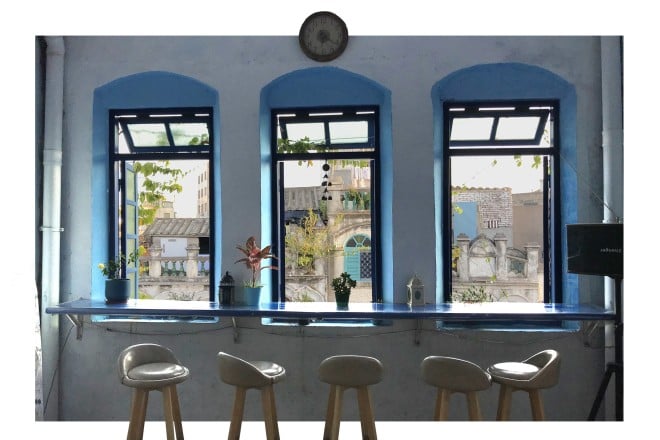
Cai’s studio and art gallery, which displays the artwork of her late husband, Liu Yun-liang, is located across the street. Liu, who died in 2017, was known for his traditional Chinese paintings and as an enthusiastic illustrator of qilou buildings.
After writing about qilou for 18 years, Cai’s passion for the subject remains unwavering.
“I remember my first encounter with a qilou building in 1984: the delicate relief work on its white facade, new leaves growing on curved parapets and beams of sunset radiating from its skyline,” she says.
I remember my first encounter with a qilou building in 1984: the delicate relief work on its white facade, new leaves growing on curved parapets and beams of sunset radiating from its skyline. It was like a fairy tale
“It was like something out of a fairy tale. I was so stunned that tears started streaming down my face.
“After all this time, I still feel that emotion from that first encounter every time I come to Qilou Old Street.
“There is always something new about the street. I’m looking forward to one day seeing its original elegance when it has been fully restored.”
For visitors making their first trip to Qilou Old Street, here are a few good places to start your tour:
Guo Xin Shu Yuan
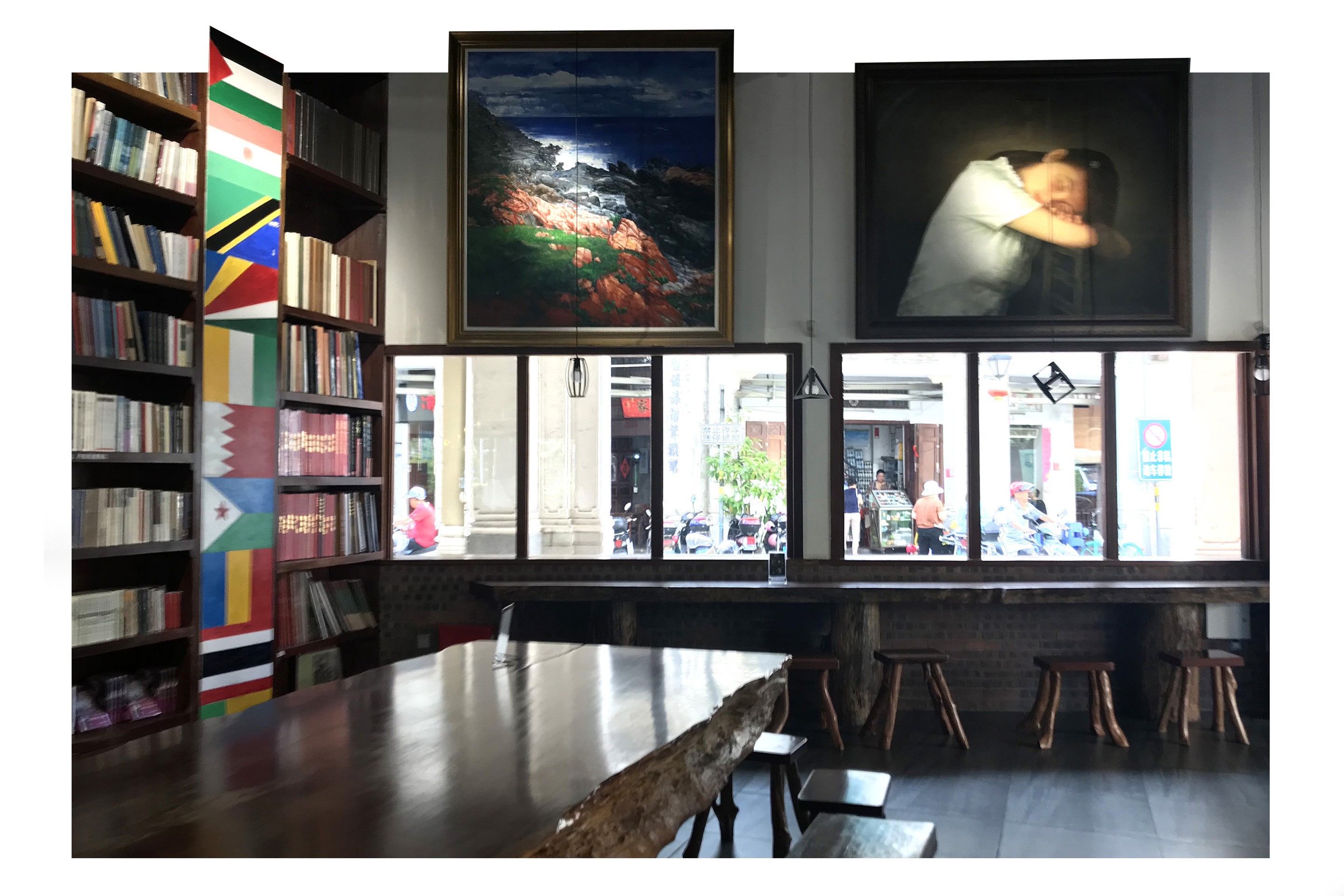
Standing at the corner of Shui Xiang Kou (one of the city’s oldest streets), Guo Xin Shu Yuan is an elegant three-storey bookstore/gallery/cafe.
The balcony of the tea shop on the third floor provides a great vantage point for looking out over the surrounding area.
Square Out Space
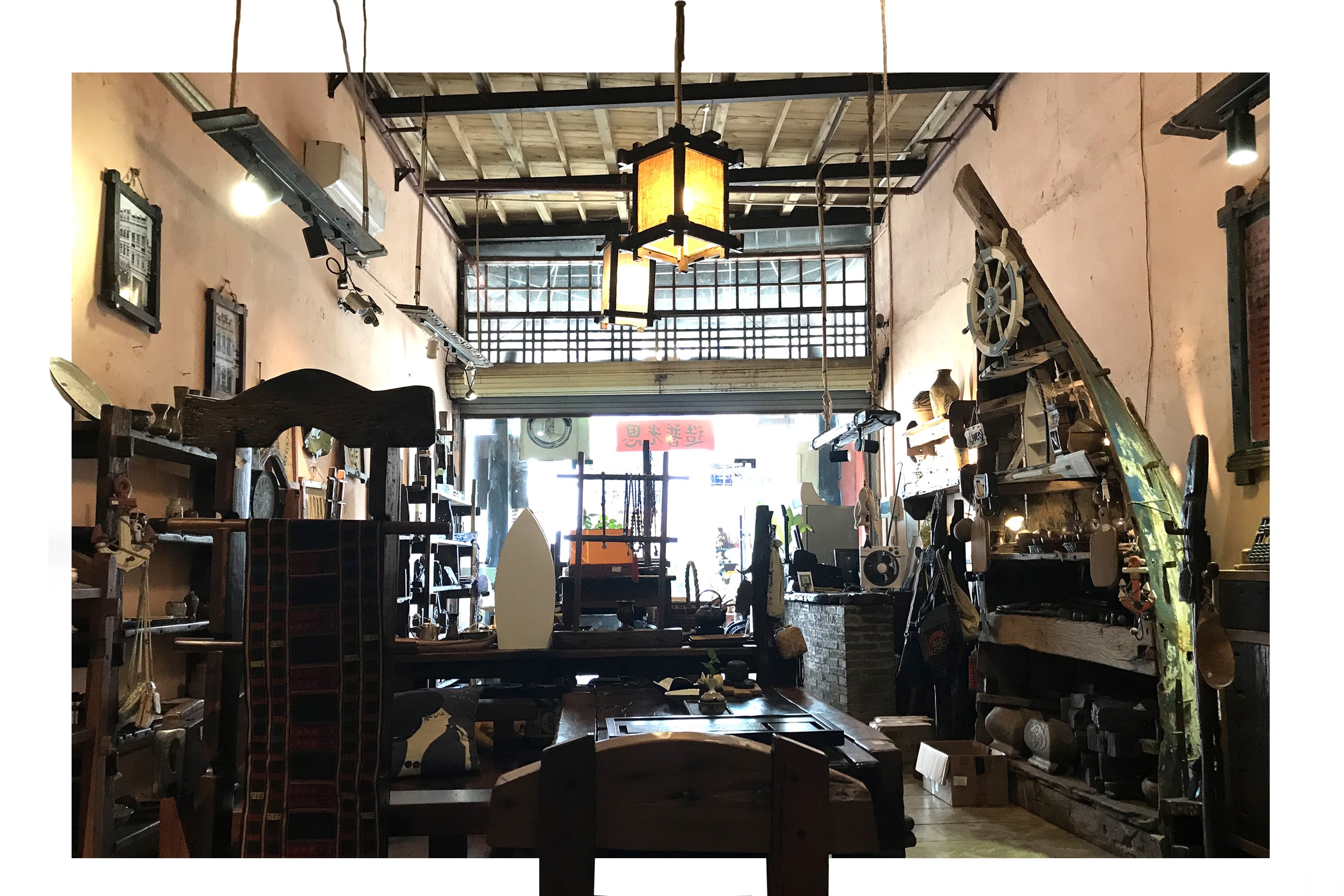
Located upstairs from Old Captain Cafe in the multistorey building is Square Out Space, which hosts music sessions on Wednesday nights and other interesting events at weekends.
Quan Feng Tai
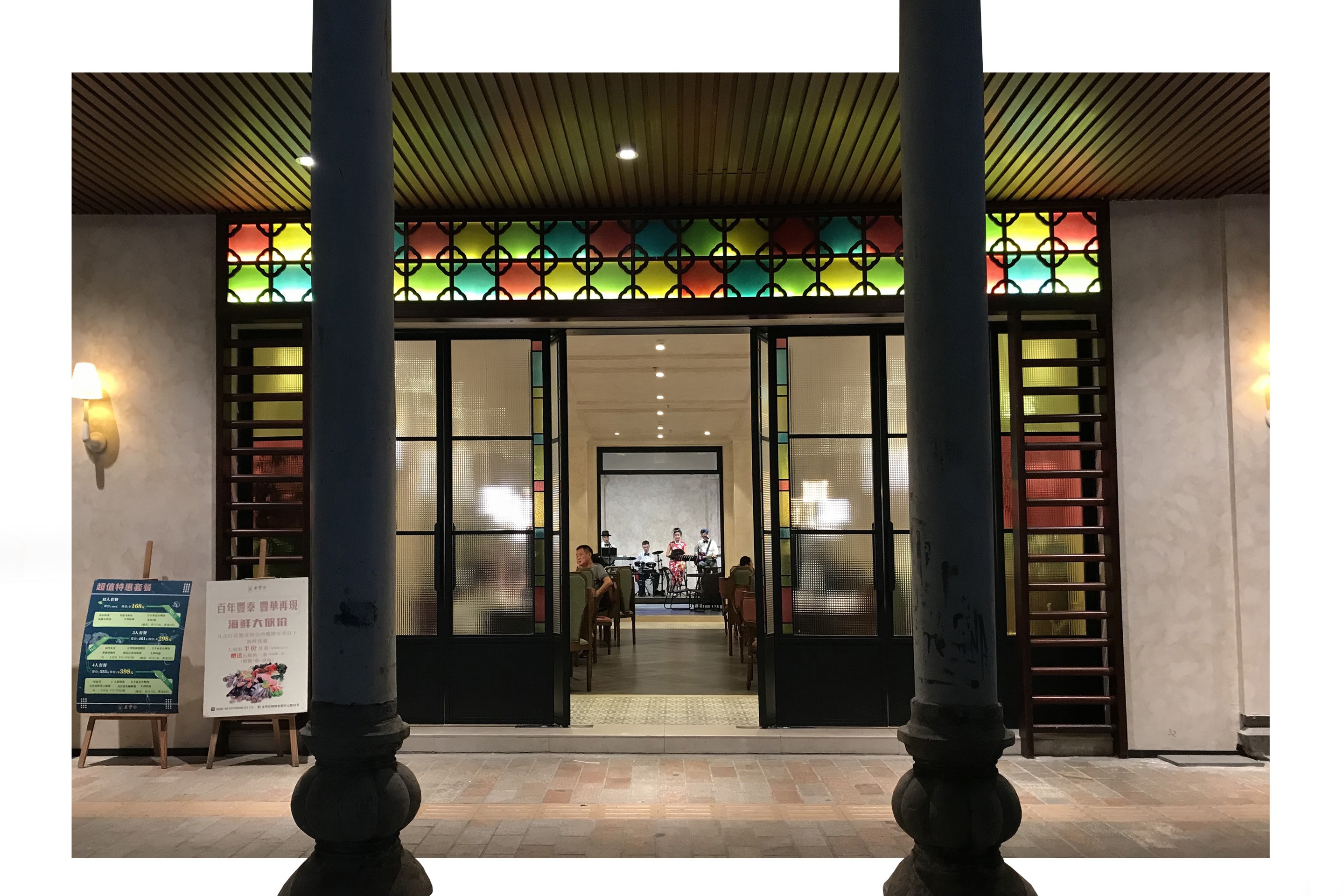
Named after the original name of the building, Quan Feng Tai is a retro-style restaurant which takes China’s Republic era (1912-1949) as its inspiration. The high-end Chinese restaurant features live music performances from 6pm every day.
Intangible Cultural Heritage Centre

The newly opened Intangible Cultural Heritage Centre on Zhongshan Street includes a theatre, an exhibition area, focused on the cultural heritage of Hainan and Cai’s studio.
Qilou Theatre, on the ground floor, is an immersive theatre with performances inspired by the story of Wu Ceng Lou.
Qilou Huanke Boutique Hotel

One of the first occupants in the restored qilou area, it has transformed the original building into a hip boutique hotel.
The 24-room property is filled with antique furniture and other pieces the owners have found while on their travels.
Tianhou Temple
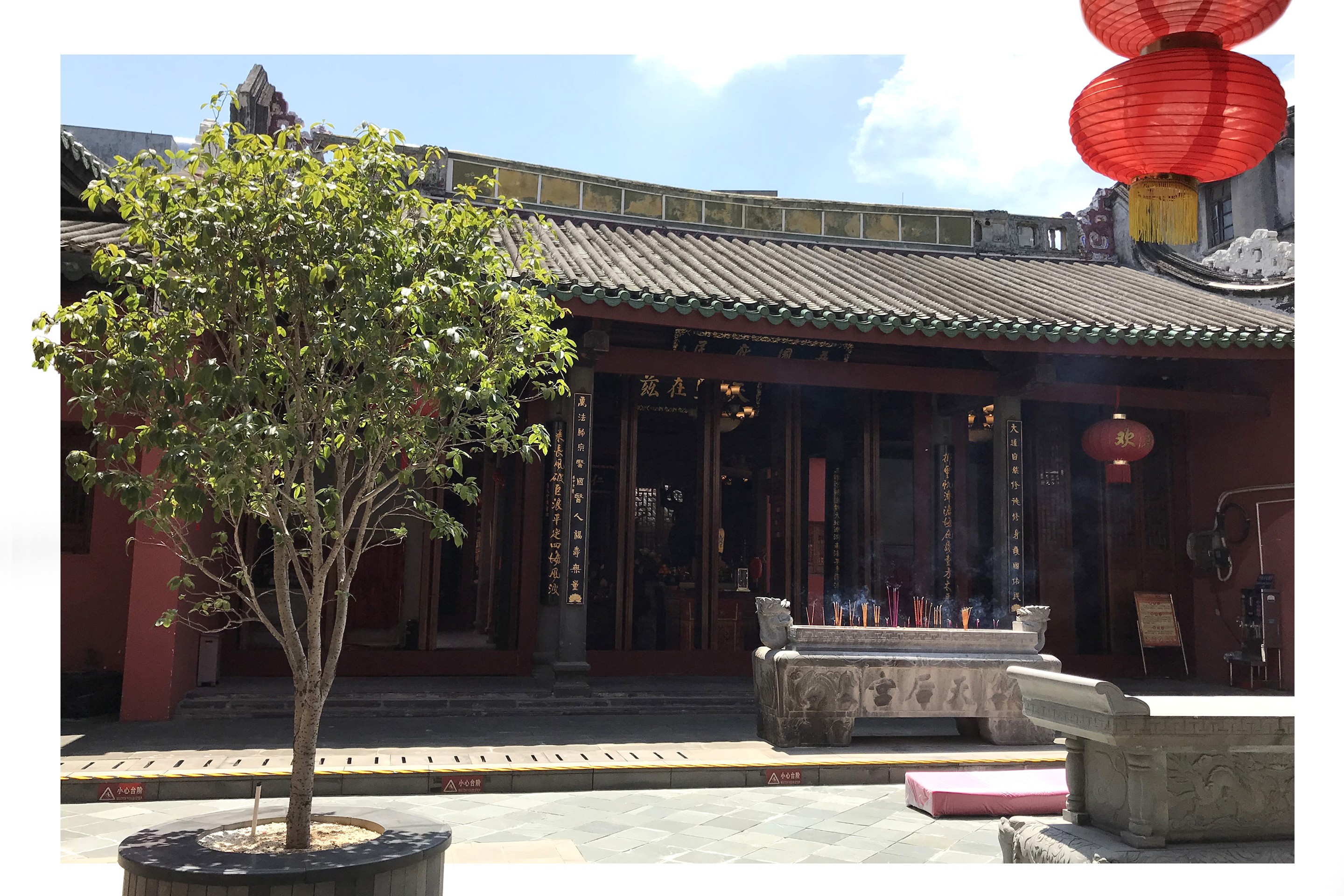
Built more than 700 years ago, Tianhou Temple, situated in the heart of Qilou Old Street district, is Hainan’s oldest and biggest Tianhou Temple.
An exhibition in a hall at the temple tells the story of Tianhou, or Mazu – the Chinese sea goddess – and shows how the temple has been meticulously restored.
Twice a year, the island’s Mazu worshippers travel with their deity statues to the temple to pray for good fortune and health.

